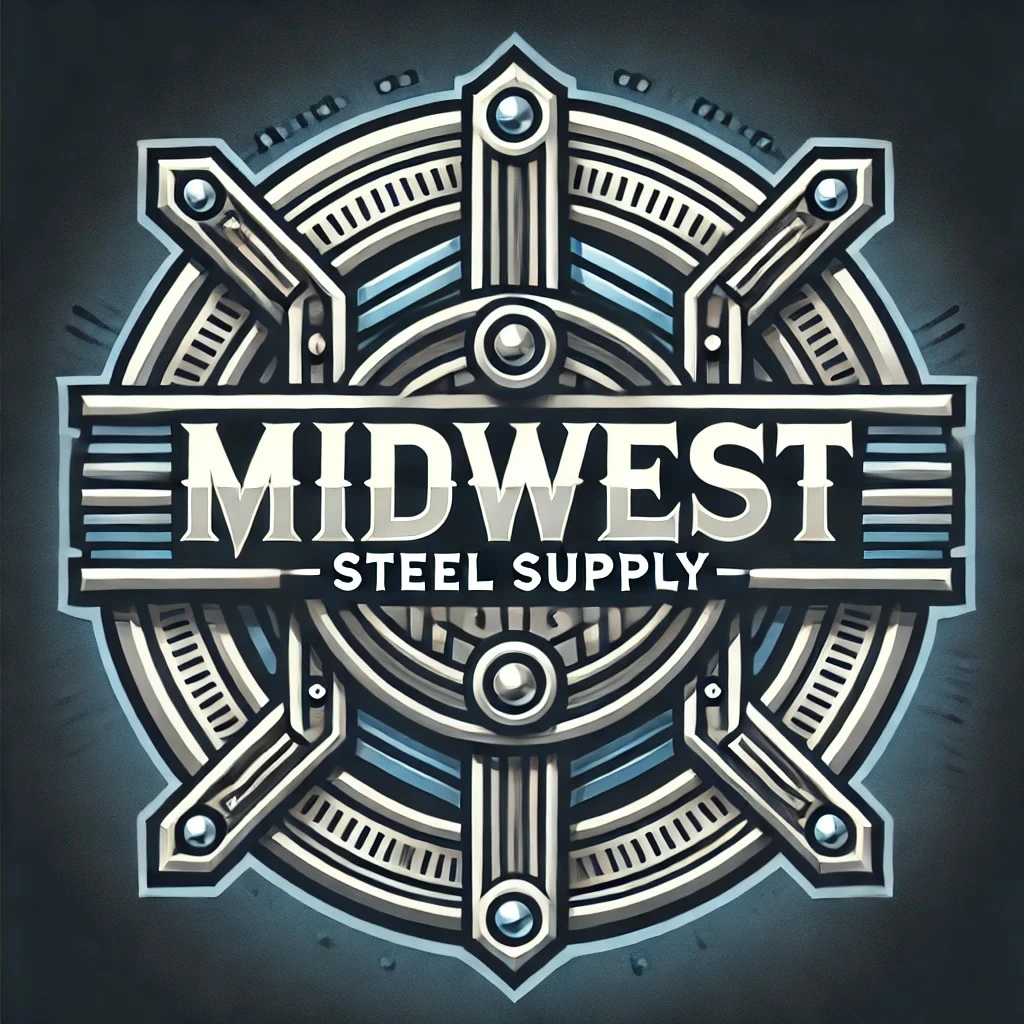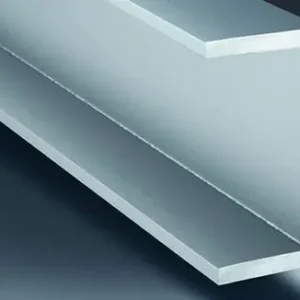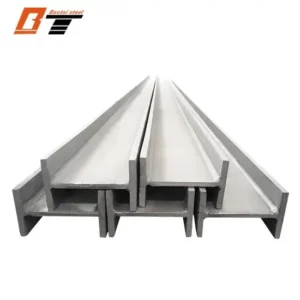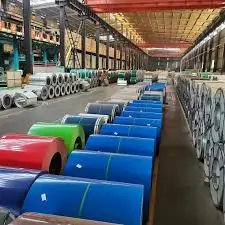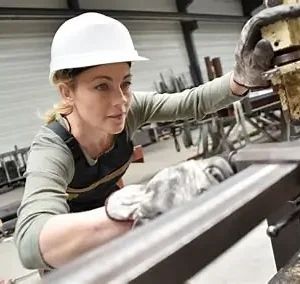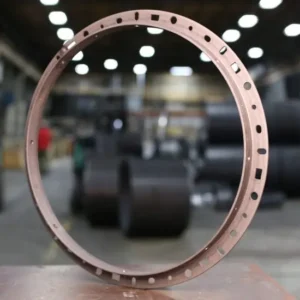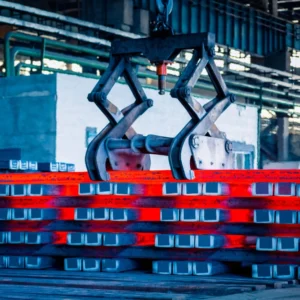Introduction: What Is EN10025 steel market price
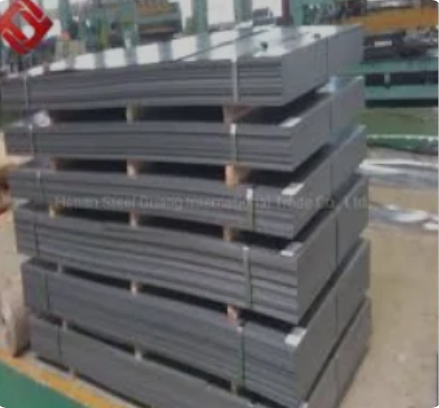
EN10025 steel market price is a European standard for structural steels, covering a family of grades (e.g. S235, S275, S355, S420, S460, S690) under several parts (EN 10025-2, 10025-3, 10025-4, etc.). These steels are widely used in construction, infrastructure, bridges, and heavy machinery. Because EN10025 is a class of structural steels, its market price is not a single fixed number, but rather a range that depends on grade, thickness, mechanical properties, certification, and region.
In this article, I analyze how EN10025 steel is priced in global and regional markets, what drives those prices, recent market trends, and future outlooks.
Key Drivers of EN10025 Steel Price
The price of EN10025 structural steel is determined by many interlinked factors. The main drivers include:
-
Raw material costs
The prices of iron ore, metallurgical coal, scrap steel, and alloying elements (vanadium, niobium, etc.) feed into the production cost base. -
Energy and utility costs
Steelmaking is energy-intensive (electricity, gas, coal). In regions with high energy tariffs or power restrictions, production costs rise and this is passed along. -
Capacity utilization and margins
If steel mills are running at high utilization, supply tightness can push prices upward. If there is overcapacity or profitability erodes, output may be cut, influencing supply balance. -
Trade policies and barriers
Tariffs, import quotas, anti-dumping measures, and export restrictions all influence cross-border flows and local pricing structures. -
Logistics, shipping, and handling
Transport costs (sea freight, inland haulage, port fees) and logistical disruptions add to the delivered cost. -
Exchange rates / currency fluctuations
Since many steel trades are denominated in USD or global benchmarks, local currency depreciation can increase the local cost of imported steel. -
End-user demand
EN10025 steels are heavily used in structural and construction sectors. Growth or contraction in those sectors strongly affects demand, which in turn influences pricing. -
Quality, processing, certification and specifications
Higher strength grades, tighter tolerances, testing, heat treatment, or additional certifications all add cost. Buyers’ specifications matter. -
Inventory, speculative behavior, sentiment
Stockpiling, expectations of future price movements, and speculative buying or clearing of inventories can create short-term volatility.
Because of the interplay of these factors, quoting a precise “EN10025 steel price per ton” without detailed specification is almost impossible — but indicative ranges can be given.
Recent Price Trends and Regional Observations
Here are representative recent observations (2024–2025) for EN10025 steel in different parts of the world:
Asia / China
-
For EN10025-2 S235JR hot-rolled coil in China, market quotations in mid-2025 have been in the ballpark of USD 595–610 per ton, for standard coil dimensions.
-
Structural plates of EN10025 S235JR (thicker plate sizes) have been observed in markets at around USD 610–680 per ton, depending on thickness.
-
For EN10025 S275JR, quotes have ranged somewhat higher (e.g. USD 610–640) depending on plate thickness and order size.
-
Higher strength grades like S420M / S420ML have seen quoted prices near USD 800/ton for small orders, though bulk orders may see discounts.
Europe / Western Markets
-
In many European or Western markets, EN10025 structural steels tend to be priced broadly in the USD 600–1,000 per ton range, depending on grade, specifications, and local factors.
-
Premium grades such as S690QL (quenched & tempered structural plate) tend to command significant premiums and may trade in a narrower high band (e.g. USD 680–815 for spec plates).
-
Structural steel indexes in the U.S. and Europe in recent months have shown significant volatility; some published “structural steel” baskets have been quoted in excess of USD 2,400/ton, though that includes fabrication, value-added services, or atypical product mixes.
Export / Benchmark Prices
-
Broad steel export benchmarks often track somewhat lower than premium structural grades. For instance, generalized steel export prices in certain market reports have been around USD 475/ton FOB — but these include generic steel grades, not necessarily those meeting EN10025 structural requirements.
-
Steel commodity indices (aggregating many steel products) show that in many regions, steel prices — measured in local currency — have experienced both upward and downward swings over 2025, reflecting energy, raw materials, and demand dynamics.
Approximate Price Ranges by Grade (2025 Estimates)
Below is a rough summary of typical price ranges (in USD per metric ton) for several EN10025 grades, to illustrate how the grade and specification influence pricing:
| EN10025 Grade / Type | Indicative Price Range (USD/ton) | Notes & Drivers |
|---|---|---|
| S235JR (basic structural) | ~ USD 550 – 700 | Lower alloy content, wide availability |
| S275JR | ~ USD 610 – 750 | Moderate uplift for increased strength |
| S355 / mid-strength | ~ USD 700 – 900+ | Very commonly used in structural frames |
| S420 / S460 | ~ USD 800 – 1,000+ | Higher alloying, quality, and testing costs |
| S690QL | ~ USD 680 – 815 (for plates) | Premium structural plate with quenched/tempered treatment |
Note: These ranges are indicative. Delivered cost (including freight, import duties, handling) may differ significantly from mill or ex-works prices.
Thus, in many markets in 2025, EN10025 structural steel pricing tends to fall in the ballpark of USD 600 to USD 1,000 per ton, with lower grades near the bottom of that band and high-strength premium grades pushing toward the upper bound.
Risks, Volatility, and Market Challenges
EN10025 steel pricing is subject to significant uncertainty and risk. Some of the critical risk factors include:
-
Raw material disruptions: Sudden constraints in iron ore or coking coal supply can drive up costs sharply.
-
Logistics and shipping disruption: Port congestion, freight spikes, container shortages or fuel cost volatility can materially shift delivered pricing.
-
Trade disturbances: New tariffs, anti-dumping measures, or quota changes can distort normal flows and pricing.
-
Currency devaluation: In many markets, currency weakness can raise local steel prices, especially for imported steel.
-
Demand shocks: A slowdown in construction, infrastructure projects, or industrial investment can weaken demand and lead to oversupply.
-
Excess inventory: Stock overhangs in the supply chain may lead to discounting and downward pressure.
-
Stricter spec / certification demands: Buyer demands for higher testing, traceability or certifications can squeeze margins and increase costs.
-
Environmental, regulation and “green steel” costs: As carbon constraints tighten and greener production methods are adopted, cost structures may shift upward, especially in regions with carbon pricing or emissions regulation.
Because of these uncertainties, even “fixed” contracts may require adjustment clauses, and frequent market monitoring is crucial for both suppliers and buyers.
Buyers’ Strategies and Procurement Tips
To navigate this volatile environment, buyers and procurement professionals should consider these best practices:
-
Define specifications precisely
Be explicit about grade (e.g. EN10025-2 S355JR), plate/coils, thickness, required certifications, tests, heat treatment, etc. This ensures apples-to-apples comparison. -
Request delivered/landed prices
Always ask for total delivered cost (freight, duties, inland transport) rather than just ex-mill or FOB pricing. -
Use volume and multi-year contracts
Larger or longer contracts can often secure better pricing or more stable supply. -
Hedge raw material cost exposure
Where possible, hedging or cost-pass-through clauses may help mitigate input volatility. -
Benchmark supplier quotes
Use steel price indices, spot markets, and industry reports to validate whether supplier offers are reasonable. -
Maintain flexibility and redundancy
Have alternate suppliers, consider partial sourcing locally and regionally, and avoid over-reliance on a single source in volatile markets. -
Order in advance or lock in early
Early booking helps avoid premium or rush-order surcharges that emerge when demand rises. -
Build contingencies into budgets
Leave buffer allowances in project budgets for steel price escalation.
Outlook: What to Expect Going Forward
Looking ahead, several trends may shape EN10025 steel prices:
-
Sustained infrastructure demand
Many countries are investing heavily in construction and infrastructure, which may support ongoing demand for structural steel. -
Rising costs of decarbonization / green steel
As the steel industry transitions to lower-carbon or carbon-neutral processes (e.g. hydrogen steelmaking), cost bases may rise, pushing finished steel prices upward. -
Evolving trade regimes
Changes in trade policies, tariffs, or strategic alliances can reshape steel flows and pricing pressure between regions. -
Supply-side discipline
If steel producers curtail output during low margin periods, tighter supply might drive price recovery in many markets. -
Raw material volatility
Any disruptions in iron ore or coking coal supply chains (e.g. weather events, geopolitical risks) could trigger price shocks upward. -
Currency and inflation pressures
In many emerging economies, inflation or currency depreciation may push nominal local steel prices upward, especially for imports. -
Technology and substitution pressures
Over a longer horizon, structural alternatives (composites, advanced materials, engineered wood) may influence demand patterns, but steel will likely remain dominant in heavy structural uses for some time.
Overall, EN10025 steel pricing in many regions is likely to remain volatile, with an upward bias in many markets due to demand, input cost pressures, and decarbonization cost burdens — unless global industrial demand weakens sharply.
